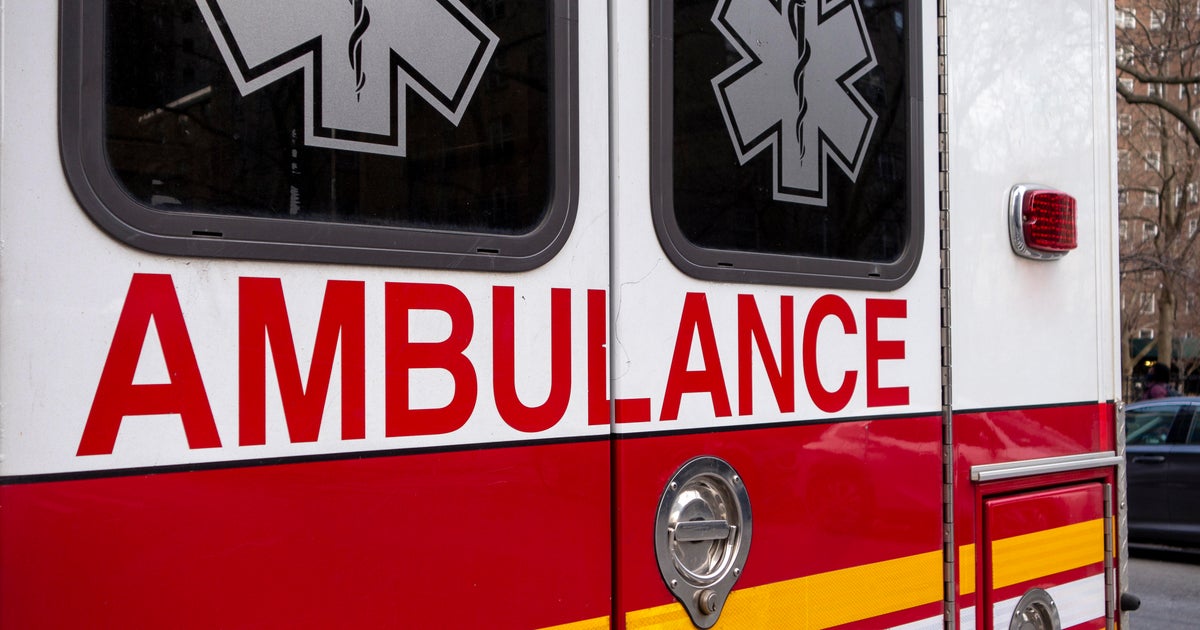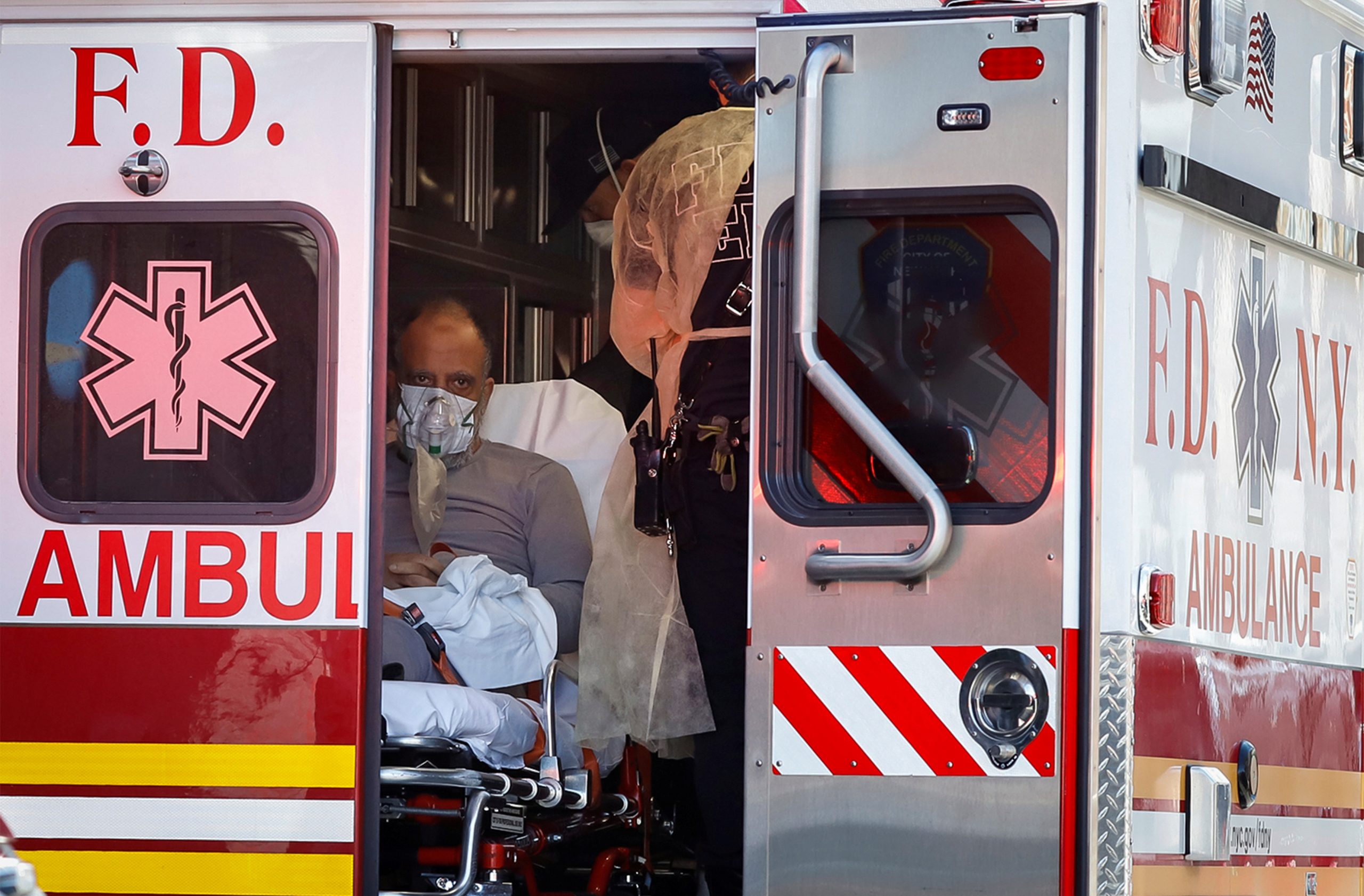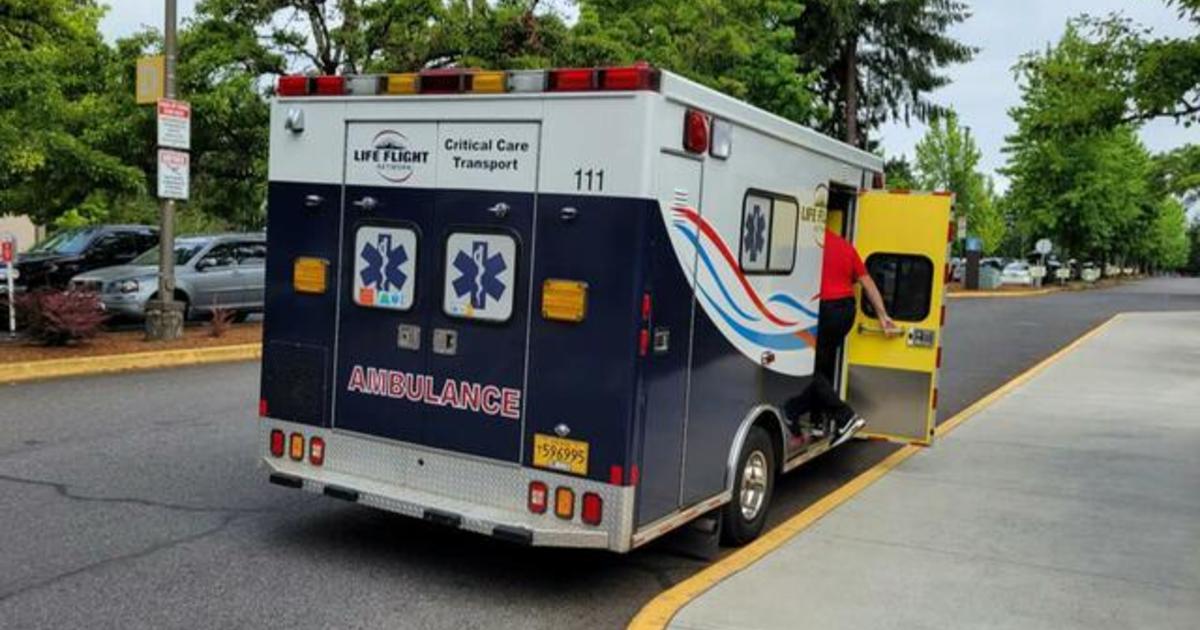The speed at which an ambulance arrives during a medical emergency can be a matter of life and death. However, the subsequent trip to the ER often comes with a surprising and shockingly high bill. According to the U.S. PIRG Education Fund, about half of ambulance trips are out of network and not covered by insurance. These trips result in a median out-of-pocket cost of $450, with some states seeing averages over $1,000. This discrepancy arises because 911 dispatchers send the nearest available emergency medical transport services without considering network coverage.

The Reality of Out-of-Network Ambulance Bills
When people call 911, the primary concern is to get the fastest response possible, not to check if the ambulance service is within their insurance network. “Nobody should be asking about coverage — you just want the closest response,” says Patricia Kelmar, senior director of healthcare campaigns at U.S. PIRG. This necessity often leaves patients facing out-of-network charges and substantial bills, even though the services provided were lifesaving.
Legal Protections and Gaps
The federal No Surprises Act, enacted in late 2020, offers protections against many types of unexpected out-of-network healthcare bills, including ER services and air ambulances. However, it does not cover ground ambulance services, where balance billing is common. Balance billing occurs when patients are charged the difference between the in-network and out-of-network rates.
For instance, the law did not prevent one family from receiving a $97,599 bill for an 86-mile air ambulance flight for a baby in critical condition. Similarly, a rural Tennessee resident’s family was left with an $82,000 air ambulance bill after her death. Although 18 states have laws protecting against surprise ambulance billing, these only apply to state-regulated insurance plans. Federal action is required to extend these protections to private employer-sponsored coverage, which encompasses about 65% of Americans.
Many communities contract EMT services from specific providers. Unless these providers have agreements with a patient’s insurer, the service remains out of network. Additionally, patients transferred between hospitals are often at the mercy of medical staff, who may not prioritize insurance coverage.
Steps to Handle Surprise Ambulance Bills
When faced with an unexpected ambulance bill, there are several steps patients can take:
- Get an Itemized Bill: Obtain an itemized bill to identify and potentially challenge individual charges. If nearby communities have lower negotiated mileage rates, you can suggest paying those rates instead.
- Negotiate: Ambulance companies often prefer to receive partial payment rather than none at all. Discuss your financial situation and offer to pay a portion of the bill. Some companies may agree to a significant discount if you pay promptly.
- Ensure Insurance Coverage: Verify that the bill has been processed through your insurance, even if the service was out of network. In emergencies, billing can be rushed, so ensure this step is completed.
- Appeal to Your Insurance Company: Request your insurance company to cover more of the bill. This can sometimes result in additional payment towards the ambulance service.

Despite the financial burden, it’s crucial to seek the necessary emergency care without hesitation. Handling the bills can come later, but immediate medical attention should always be the priority.
